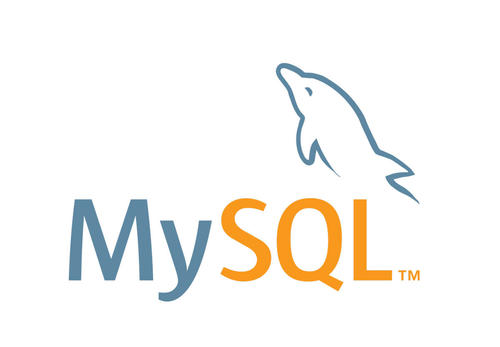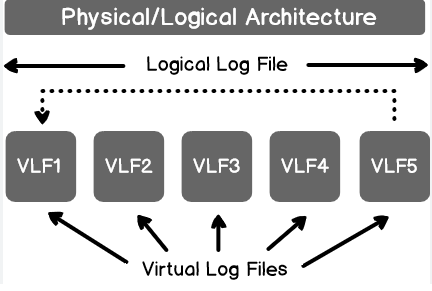Learn how to tackle message backlog in MQ systems with practical solutions like increasing consumer numbers, optimizing processing capacity, and scaling up servers. Explore strategies to improve message consumption speed and ensure system performance.
MQ message backlog refers to the accumulation of messages in a queue that are not processed or consumed in a timely manner. This can lead to system performance degradation, increased latency, and excessive resource consumption.
Here are some methods to address the MQ message backlog issue:
Increase the Number of Consumers
By increasing the number of consumers, you can improve the message processing speed. The number of consumers can be dynamically adjusted based on the backlog and the consumption speed. If the number of consumers exceeds the number of partitions, the extra consumers will queue up and wait for messages.Improve the Processing Capacity of Consumers
Optimizing the consumer's code logic and processing flow can enhance its processing capacity. You can use multi-threading or multi-processing to handle messages concurrently, or adopt a distributed processing method by distributing messages to multiple consumers for processing.Adjust the Priority of Message Processing
Prioritize message processing based on importance and urgency. Critical messages should be processed first to ensure the timeliness of key business functions, while non-critical messages can be downgraded or delayed for later processing.Scale Up MQ Servers
If the MQ server's performance reaches a bottleneck, consider increasing the number of MQ servers or upgrading hardware configurations to improve throughput and processing capabilities.Increase Queue Partitions
If the MQ supports partitions, you can distribute messages across multiple queues to avoid backlog in a single queue. This can be achieved by increasing the number of partitions, thus enhancing concurrent message processing capabilities.Set Reasonable Timeout Mechanisms
Set reasonable timeouts on the consumer side to avoid message backlog due to prolonged processing times. You can configure a timeout and, after it expires, either reprocess the message or take compensatory actions.Monitoring and Alerts
Continuously monitor the MQ message backlog status, set thresholds, and trigger an alert mechanism when the backlog exceeds a certain limit. This allows for timely action to resolve the issue.Data Cleanup and Retry Mechanism
Regularly clean up expired or invalid messages to avoid resource occupation by unnecessary data. Additionally, establish a retry mechanism to reprocess failed or anomalous messages, ensuring successful processing.Performance Optimization and Tuning
Summary:
Message backlog typically occurs when consumers are too slow or encounter issues:
When there is an issue:
Locate and resolve based on specific error messages.When there is no issue:
(1) Slow consumer business logic or low code performance:
This often happens due to slow SQL queries, database lookups within loops, or remote calls. Solutions include optimizing the code using multi-threading, asynchronous processing, and optimizing slow SQL queries.(2) Excessive number of messages:
If the consumers' business logic is not slow but simply overwhelmed by too many messages, first consider upgrading the server configuration. Then, consider increasing the number of consumers. However, when increasing the number of consumers, remember that many MQ systems are partitioned, and the number of consumers should not exceed the number of partitions. Multiple consumers on a single partition are processed serially, so when the number of consumers exceeds the number of partitions, additional consumers will queue up, waiting to fetch messages.Therefore, increasing both the number of consumers and partitions can enhance concurrency. However, sometimes the MQ system itself may not have any storage or processing performance issues, and adding partitions just because of slow consumer performance may not be realistic. In such cases, a better solution is to have a separate consumer dedicated to forwarding data to another topic. For instance, if a topic has 6 partitions, adding another topic with 6 more partitions will result in 12 partitions, allowing the number of consumers to be increased to 12. This approach enables concurrency enhancement by only increasing the number of consumers.





